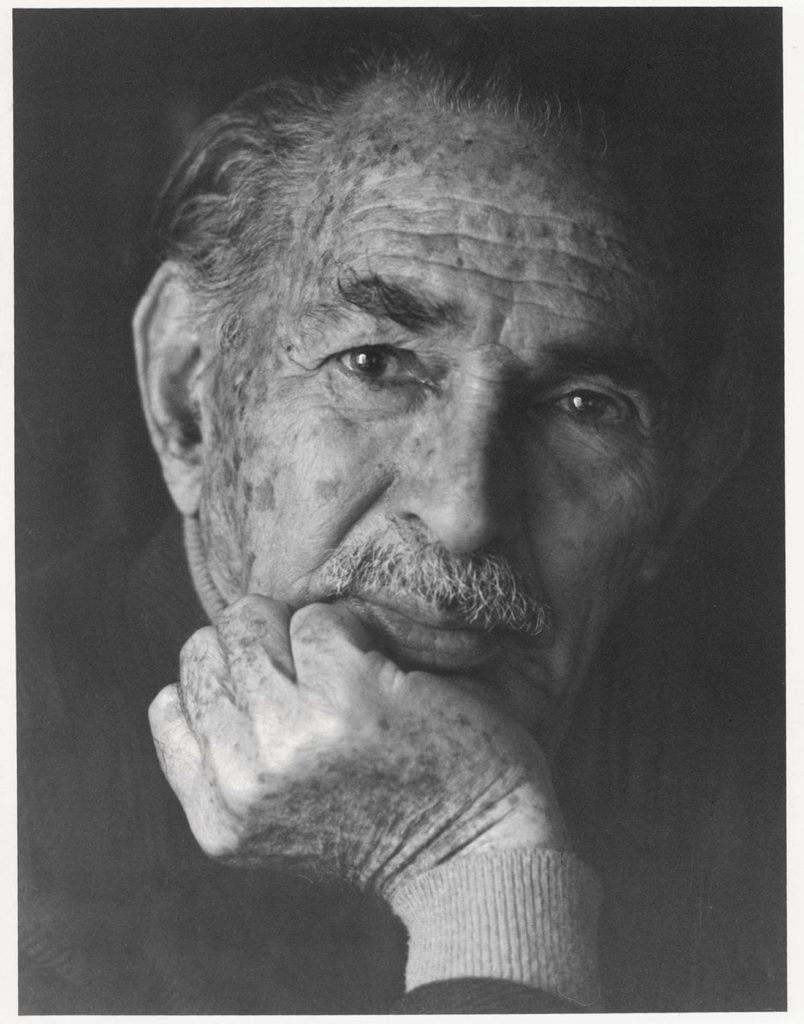
Image courtesy of Architectuul web.
Hassan Fathy, born on 23 March 1900 in Alexandria, Egypt, was the first recipient of the UIA Gold Medal in 1985. Known for using traditional Egyptian forms and materials such as adobe and mud brick, Fathy was trained as an architect at King Fuad University (now Cairo University), graduating in 1926 with a strong affinity for rural architecture and affordable housing. Over the course of his career, he designed nearly 160 projects that favoured the incorporation of ancient techniques and materials as well as the involvement of local inhabitants.
His projects spanned simple residences, public facilities and town plans, proposing cheaper alternatives to steel, glass, timber and cement in response to the economic situation in Egypt. He also undertook major community projects in Iraq and Pakistan and led a “Cities of the Future” program in Africa.
Of all his projects, New Gourna (1946-1952) is undoubtedly the most renowned. A village designed and built in collaboration with local residents, Fathy was met with political and financial complications that contributed to making it his most acclaimed yet controversial achievement. Featuring enclosed courtyards, vaults and latticework inspired by southern Egyptian and northern Sudanese architectural traditions, the project inspired a lifelong interest in vernacular architecture and natural energy solutions that can be adapted to diverse climates.
Fathy’s pioneering interest in affordable housing, the preservation of local cultures, natural energy solutions and alternatives to fuel attracted the attention of the international community, resulting in a commission from Egypt’s Ministry of Education to design educational institutions. He spent one year at the American Association for the Advancement of Science in Boston in 1969, attended the first UN-Habitat conference in Vancouver, Canada in 1976 and served on the steering committee for the first Aga Khan Award for Architecture.
In 1979, he took part in a colloquium in his honour with the theme “Architecture for the Poor”, in Corsica, France. In 1980, he was awarded the Balzan Prize for Architecture and Urban Planning, the Right Livelihood Award and the Aga Khan Chairman’s Award for Architecture.
He died in Cairo on 30 November 1989.
Jury citation
The first citation for the UIA Gold Medal for Architecture was pronounced in honour of the Egyptian architect Hassan Fathy.
The jury met in the UIA offices in Paris, on November 29 and 30, 1984 and examined all the nominations that were submitted. As the basis for its deliberations, the jury referred to the criteria established for the award as well as the preamble to the UIA Articles and By-Laws, where it is mentioned among the objectives of the UIA that architects should : be capable of making an effective contribution to the improvement of man’s living conditions by the elimination of slums, the advancement of less developed regions, and the raising of housing standards through efforts to enable better understanding between men and peoples, striving constantly to more fully satisfy aspirations in the realms of spiritual and material well-being.
The jury also considered how difficult it is for an architect, whether he exercises his profession in a rich or a poor country, to participate in the process of housing with intelligence and dexterity. In richer countries, commercial interests tend to dominate all others, and in poorer countries, there exists a dire lack of materials and competent professionals.